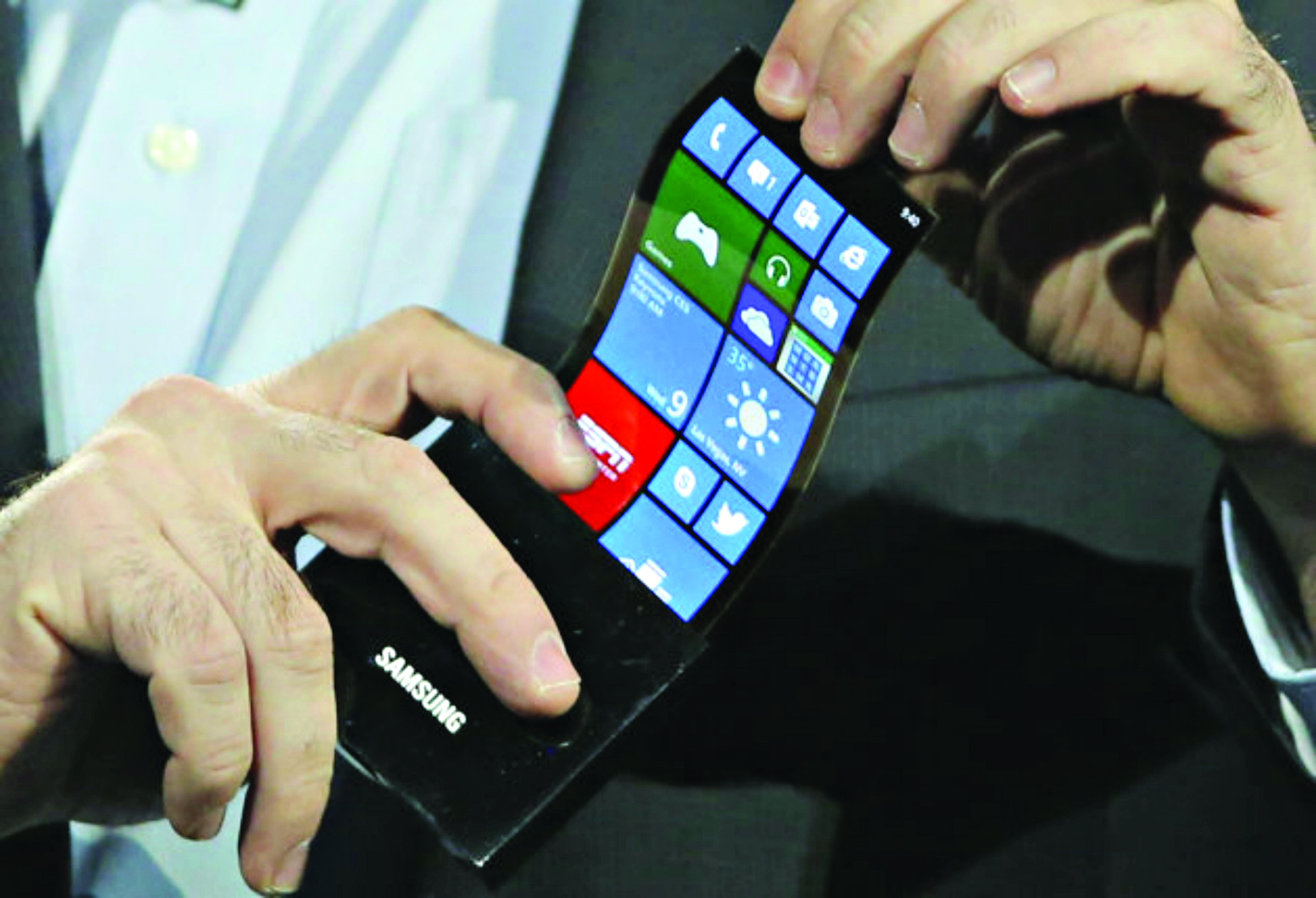Touchscreens have revolutionized the way we interact with digital devices. The most important attribute they have brought to the user experience is the reduction in the learning curve of operating a device. A simple tap on the screen can trigger commands that would have otherwise been complicated with a mouse and keyboard.
Keyboards posed a problem for some computer users, due to the fact that most populations are not 100 per cent literate. With the advent of the touchscreen, people need only touch an icon on a screen to perform the desired task, rather than type in a command. The increasing ease in operation has immense implications for increasing the universal use of technology around the world.
The idea of the touchscreen has been around for decades. The first working prototype, a resistive touchscreen, was developed by American inventor Sam Hurst in 1982. What we see in smartphones, tablets, and other devices today, however, are capacitive touchscreens. There is a marked difference in the fluidity of the touch experience between the two formats.
The resistive touchscreen is composed of transparent, electrically resistive layers, which have a thin gap between them. When the screen is pressed at a particular point, the layers come in contact, and they behave as voltage dividers. Using this mechanism, the position of the touch on the screen can be tracked and fed into the control unit.
The problems with this type of display are that it requires a harder touch to register a signal, and the mechanism wears out over time—both of which reduce the functionality of the touchscreen. In contrast, the capacitive touchscreen works on the principle that the human body is a great conductor; the screen has a glass panel coated with a transparent conductor such as indium tin oxide. When the screen is touched with the finger, the electrostatic field (a field of charged particles) of the screen is disrupted, which enables the desired function.
This process results in a highly effective phone, as the screen can be activated with merely a gentle touch. The only flaw associated with this format, is that it cannot be operated using gloves or any another material that cannot conduct (which becomes a problem during Montreal’s cold winters).
The potential applications of touchscreens are impressive. At the keynote of the 2013 Consumer Electronics Show (CES) under the theme “Mobilizing Possibilities,” Samsung introduced an innovative range of flexible displays called “Youm.” Using Organic Light Emitting Diodes (OLEDs) on a plastic sheet, they created high-resolution displays that bend. This technology allows many novel phone features, such as the expansion of the smartphone’s screen, enabling it to curve around the edges of the phone. This curved area could be used for looking at notifications, such as text messages, while the device is lying flat on a table. The Youm platform is one of many innovations that will define the next generation of touch-based devices.









